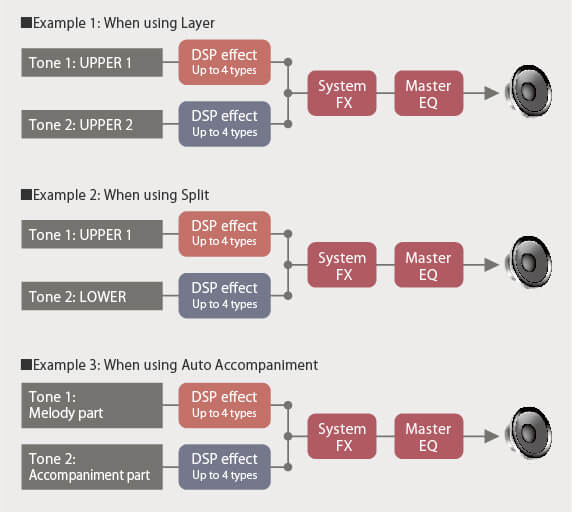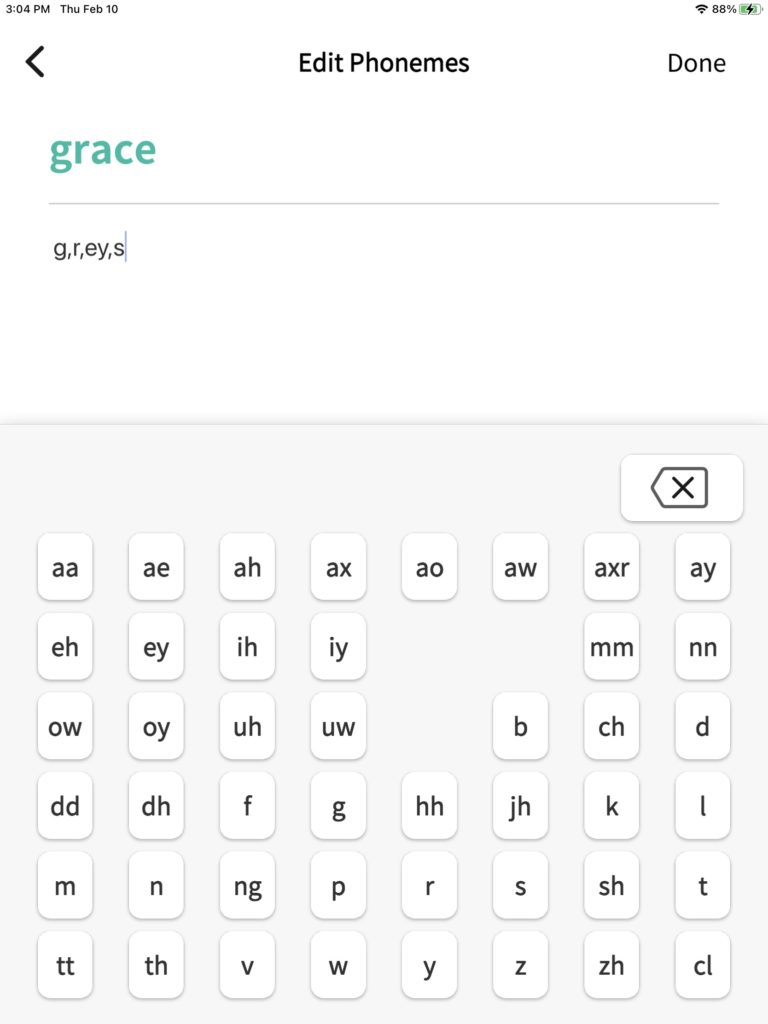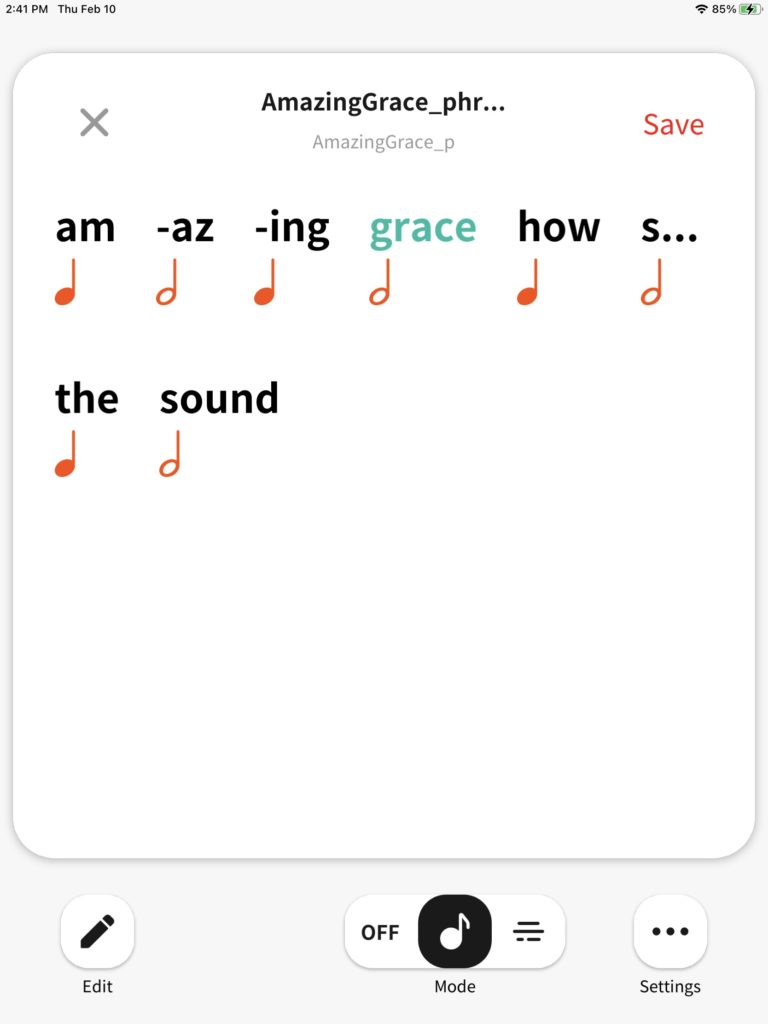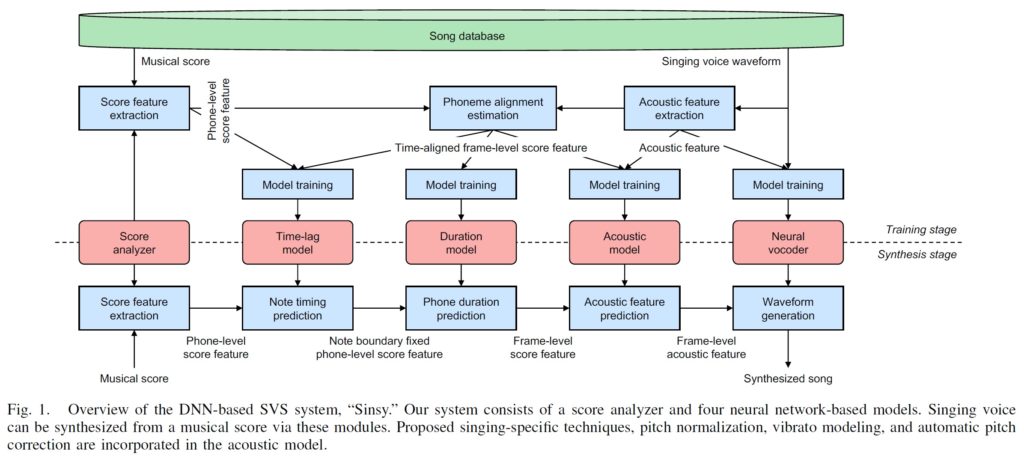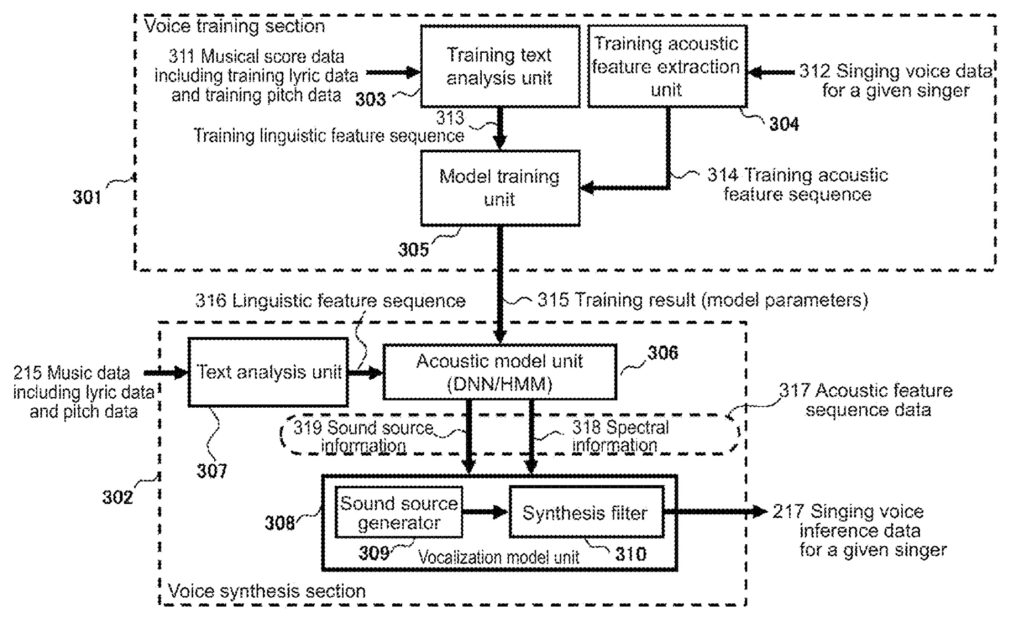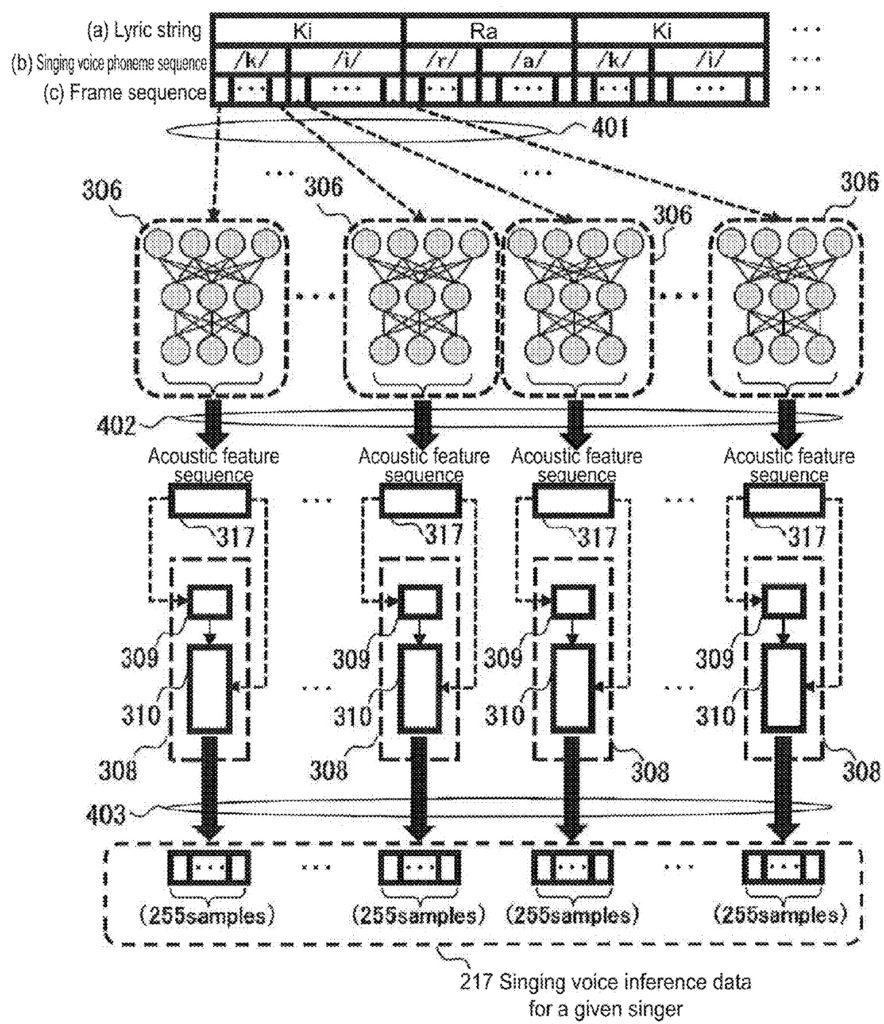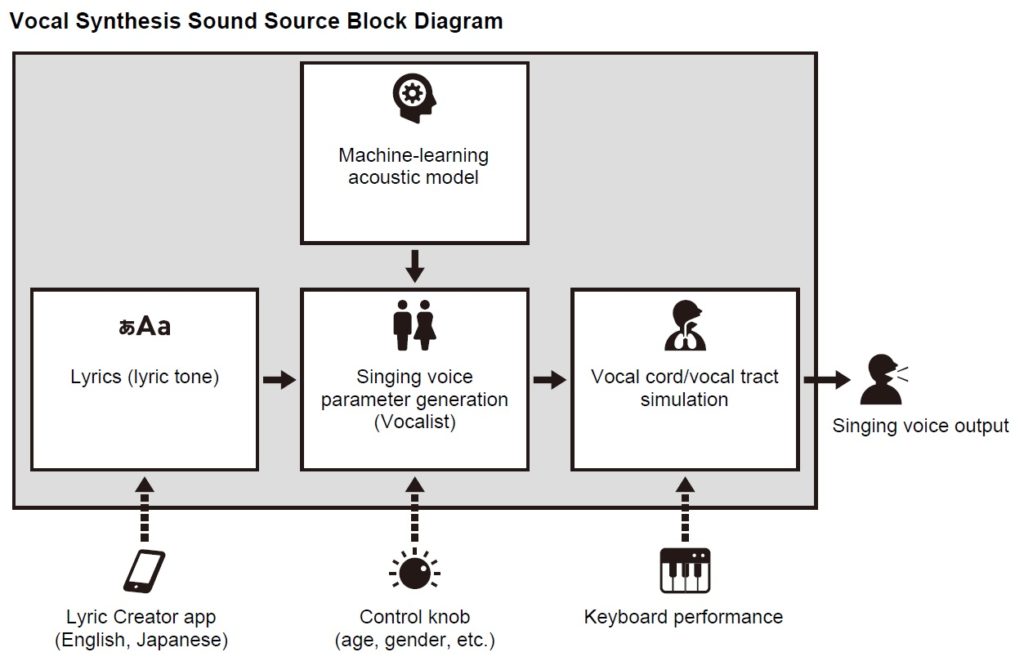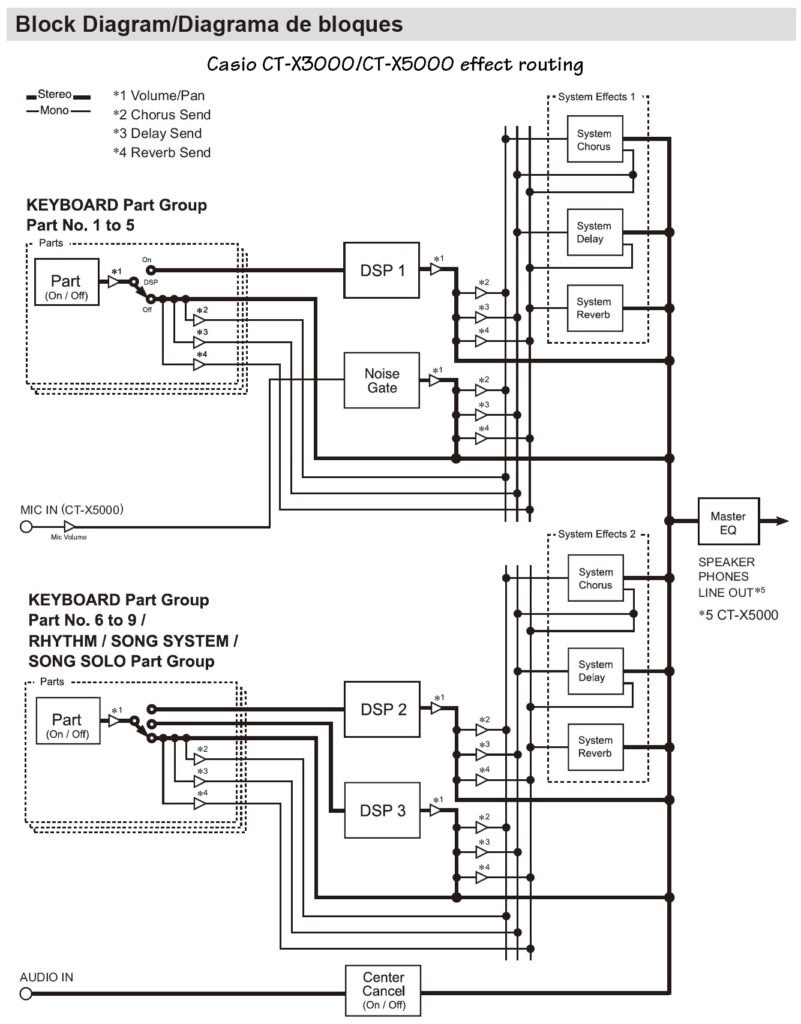I’m choosing and dialing in the Hammond B-3 organ tones for church tunes. The Casio CT-S1000V (and CT-S500) provides over thirty electric organ tones. Most of the organ tones incorporate an Active DSP effect.
Choosing tones is a process of selection and elimination. Some sounds just aren’t suitable for church, e.g., distorted rock organ, combo organ, or theatre organ. As to personal taste, I usually avoid voices with hard percussion. I often play in a group with piano, guitar or drums. There is already enough going on percussively that I don’t need to add another element to the on-going rhythm. In a typical situation, it’s more important to hold down or emphasize a left-hand bass.
Tone name Description DSP effect
--------------- ------------------------------ ------------
JS Organ Jimmy Smith, percussion AMP cab->Trem->3EQ
AMP Organ 1 First four, no percussion Phaser->Drive->AMP cab
Rock Organ 1 No percussion Phaser->Drive->AMP cab
Hard Rock Organ Chorus->Drive->AMP cab
Gospel Organ 1 Mellow-ish Rotary
Velo Organ Velocity brings in bars Drive rotary
F.Organ Farfisa combo organ Trem->AMP cab
V.Organ Vox combo organ Trem->AMP cab
RTF FD Organ Rotary fast, full drawbars Drive rotary
Rock OD Organ Drive rotary
Tremolo Organ Mellow, C3 sampled-in Auto pan
DP Organ Total Jon Lord Dist
Jazz Organ 1 Bright hard perc jazz Rotary
Jazz Organ 2 Darker hard perc jazz Rotary
Elec.Organ 1 Bright. church-y Rotary
Elec.Organ 2 Mellow-ish, key click Rotary
Elec.Organ 3 First four Rotary
Elec.Organ 4 Full drawbars Rotary
Elec.Organ 5 Mellow, soft perc Phaser
Perc.Organ 1 Bright hard perc Rotary
Perc.Organ 2 Darker soft perc Rotary
Gospel Organ 2 Mellow Rotary
Full Drawbar Full drawbar Rotary
Rock Organ 2 Church-y (swimming rotary) Drive rotary
Rock Organ 3 Mellow-ish very fast Drive rotary
Click Organ Low drawbars, key click Drive rotary
70's Organ Farfisa-like, key click Rotary
Organ Pad Weird No DSP effect
Theatre Organ No DSP effect
Perc.Organ 3 Hard perc, low drawbars Rotary
Elec.Organ 6 Low+high (16+1), click Rotary
AMP Organ 2 Rocky bars Tone->Drive->AMP cab->Trem
AMP Organ 3 Heavy OD Tone->Drive->AMP cab->Trem
Organ Flute Pipe organ flute No DSP effect
Puff Organ Chiffy organ flute No DSP effect
Reed Organ Portable reed organ Mono 3-band EQ
Rotary F-Organ Farfisa organ, rotary speaker Rotary
Rotary V-Organ Vox organ, rotary speaker Rotary
The table above are notes taken while auditioning CT-S1000V drawbar organ tones. The CT-S500 has the same complement of organ voices, so any comments made here apply to the CT-S500, too.
My goal is a registration bank of four tones that provide a range of timbres. I want to push a registration button while playing in order to match the current musical situation. So far, a few candidates stand out:
Elec.Organ 6 Simmering 16+1
Gospel Organ 2 Mellow, ballad-like sound
Gospel Organ 1 Brighter, hymn foundation
Rock Organ 2 Brighter still, hymn playing
I listened to all organ tones with Active DSP enabled and bypassed. “Rock Organ 2” has a church-y sound when the overdrive and rotary speaker are removed. I can knock the rock out of the preset by re-programming the Active DSP effect.
Most organ tones have a preset Active DSP effect as shown in the table. A few of the tones — like AMP Organ 1 — don’t use the rotary effect at all. (Surprise!)
As I mentioned in an earlier post, a few of the tones have a swirl-y or swimming fast rotary setting. Sometimes the rise acceleration and fall deceleration times are too short. The settings below are ballpark.
Drive Rotary PJD Velo Org
---------------- -------- --------
Type: 2 2
Overdrive Gain: 42 48
Overdrive Level: 42 31
Speed: Fast Fast
Brake: Rotate Rotate
Fall Accel: 40 10
Rise Accel: 60 18
Slow Rate: 40 17
Fast Rate: 100 111
Vib/chorus: C3 C2
Wet Level: 100 100
Dry Level: 0 44
Bypass: Off Off
I will use these parameter values as my starting point moving ahead. The wet/dry parameters could be helpful in a stereo mix avoiding hard left/right channel throb. BTW, the sim doesn’t have parameters for horn/rotor balance.
The Casio rotary speaker sims include a scanner vibrato/chorus option: Off, V1, V2, V3, C1, C2, C3. The presets assign overdrive to knob 2 (K2). I don’t usually adjust overdrive when I’m playing and will assign vibrato/chorus control instead. That way I can add or subtract chorus on the fly. Unfortunately, scanner off is at the knob’s full left position and C3 is at the full right position. That will make for a big gesture knob-spin when playing. Wish this could be assigned to a button…
As to reverb, I’ve settled on ROOM 2 with a send level of 20. This is just enough to add a little space when practicing, but it won’t muddy the sound too much when playing live.
Copyright © 2022 Paul J. Drongowski

